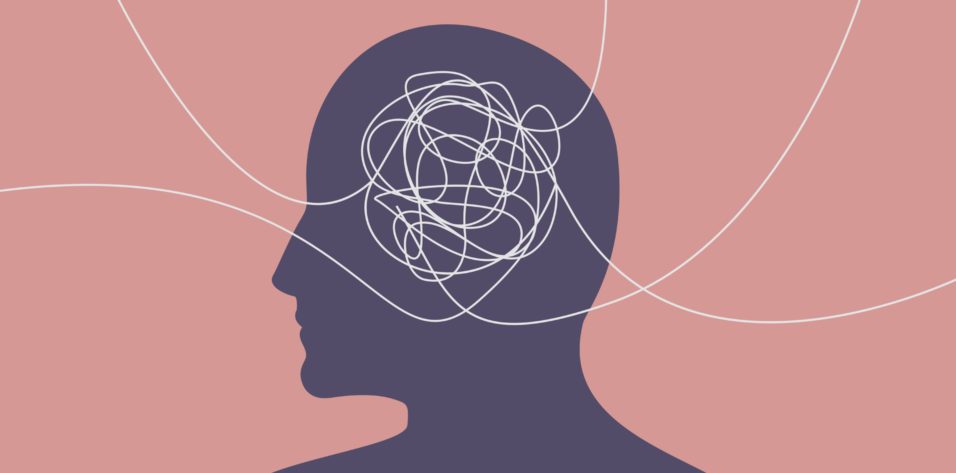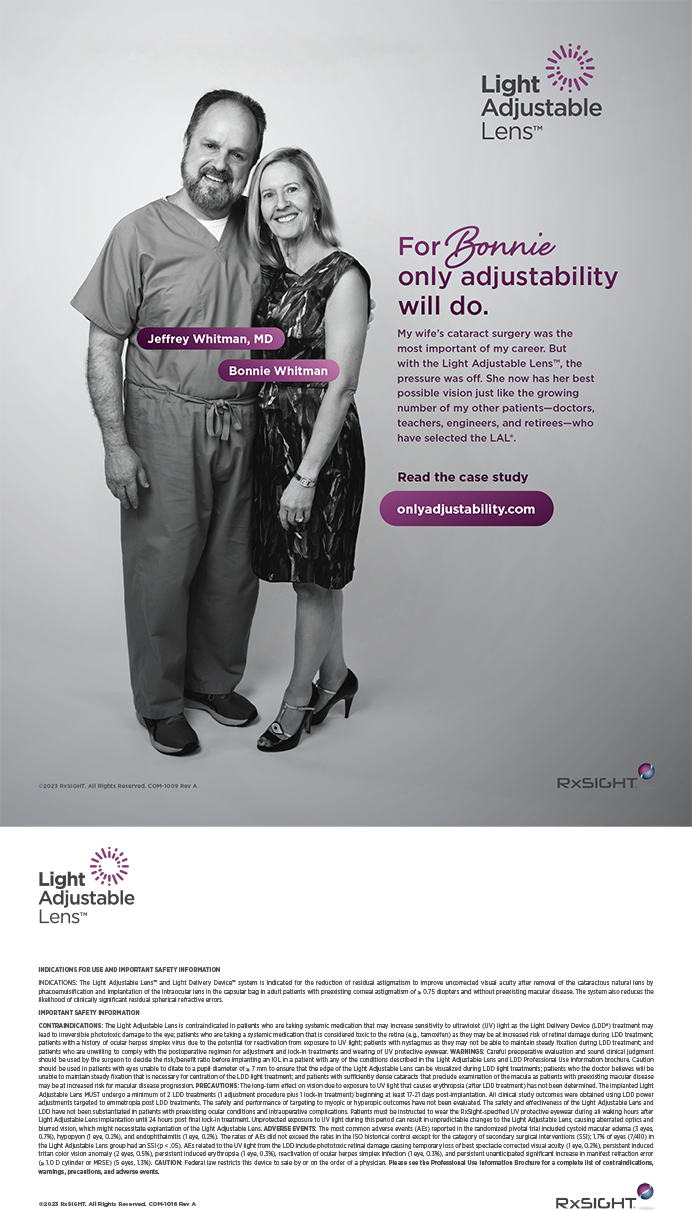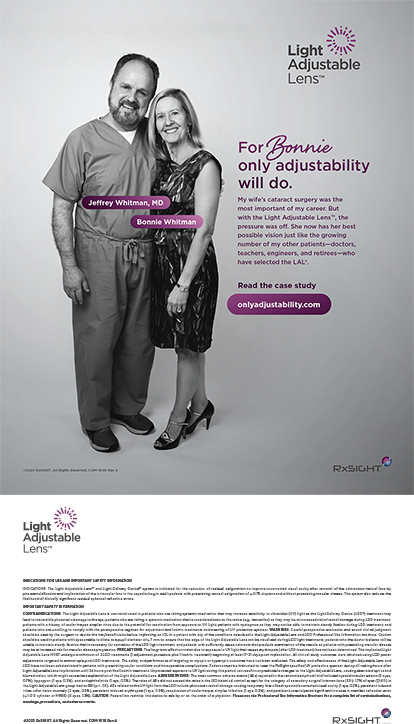
Mask mandates are/are not helpful. Hydroxychloroquine is/is not a cure for COVID-19. COVID-19 vaccines should/should not be mandatory in the workplace.
Sources perceived as reliable support both sides of these issues, making it difficult or impossible for many to form a reasoned course of action. This is due to something termed cognitive dissonance, the uneasy feeling that occurs when you recognize you have two conflicting thoughts or beliefs. Cognitive dissonance was first described in 1957 by psychologist Leon Festinger.1 He theorized that humans have a natural desire for mental consistency and that, when people’s feelings, ideas, beliefs, actions, or values are inconsistent, they will go to great lengths to reduce the dissonance. The mental stress that coincides with cognitive dissonance is exacerbated when a person’s core beliefs are challenged by newly perceived information. Additional stress can occur when an individual is forced into a decision or action before the dissonance is resolved.
Ophthalmology is no stranger to cognitive dissonance. In the 1980s and 1990s, surgeons participated in bitter debates over intracapsular cataract extraction versus phacoemulsification. More than a few high-ranking ophthalmologists attending the AAO annual meetings in the mid-1980s, expressed their discomfort with innovation by proudly wearing a pin with the words “They are not my colleagues” on their lapels. Likewise, often intensely angry debates erupted over inpatient versus outpatient cataract surgery and the safety of certain procedures such as sutureless cataract surgery, radial keratotomy, PRK, and LASIK. Current contentious debates involve the value and use of femtosecond lasers in cataract surgery, new forms of refractive surgery, multifocal IOLs, and optometric comanagement. Most of us have strong views on these subjects, and we are often alarmed or offended when our beliefs are met with equally strong beliefs to the contrary.
Cognitive dissonance is inherent in polarizing topics such as politics and religion. Oftentimes, these firmly held ideologies are intertwined with identity. It is difficult to draw an inclusive circle—and relatively easy to draw a dividing line—on these topics. In recent years, we have seen religious and political ideologies increasingly influence the tenor of scientific discourse from global warming to mask-wearing. In medicine, hard lines have been bitterly drawn and vigorously defended, often with little reliable supporting evidence. As disparate beliefs become more entrenched in our minds, tension and anxiety increase until we find a way to reduce the dissonance. Unfortunately, as the anxiety associated with cognitive dissonance increases, so does the difficulty of having meaningful discussions with our peers.
There are two common ways to reduce or end the stress associated with cognitive dissonance. One is by rationalizing to either reinforce your beliefs or discredit the dissonant belief. The more challenging way is by opening your mind to the possibility that you must change your belief. It can be nearly impossible to accomplish significant change in beliefs for topics such as politics and religion. Thankfully, there are systems in place in the medical field and a culture and desire to seek truth through the scientific process that allow us to come to new understanding and accept new beliefs. We see this firsthand in ophthalmology when dissonant beliefs either give way to new beliefs (eg, the adoption of innovative technology) or traditional beliefs hold strong (eg, when innovation fails to show proof of progress and/or improvement).
As medical professionals, we must seek the truth through careful scientific study. Society is struggling with an abundance of dissonant thought in medical information. We must do our part to clear the fog of cognitive dissonance to allow space for respectful discourse. We must do what we can to help those who are misinformed and experiencing cognitive dissonance. In theory, there is little room for cognitive dissonance in medicine—as the body of scientific work grows, clarity ensues. Previous opinions and beliefs should give way to novel ones in the face of new data and scientific consensus.
The backbone of science is admitting you do not know something. Good science involves experimentation and honest communication with structured peer review. It should transcend political party lines and be independent of corporate financial pressures. Direct communication and unbiased peer review should allow us to put aside biases and open our minds to changing previously held beliefs. As facts emerge and are confirmed, we can better avoid the pitfalls of rationalization and bias. We can fulfill the expectations we have placed upon ourselves to do no harm and be honest patient advocates. By doing these things, we justify our position as highly respected members of society.
Going along to get along is no longer an acceptable course. We can and should make every effort to illuminate the truth as indicated by science for those whose attitudes, beliefs, and behaviors are influenced by dissonance, especially regarding health information.
William F. Wiley, MD | Chief Medical Editor
1. Festinger L. A Theory of Cognitive Dissonance. Stanford University Press; 1957.




